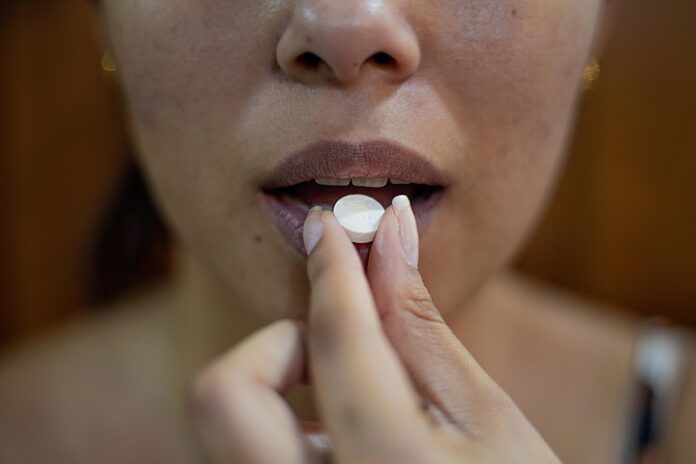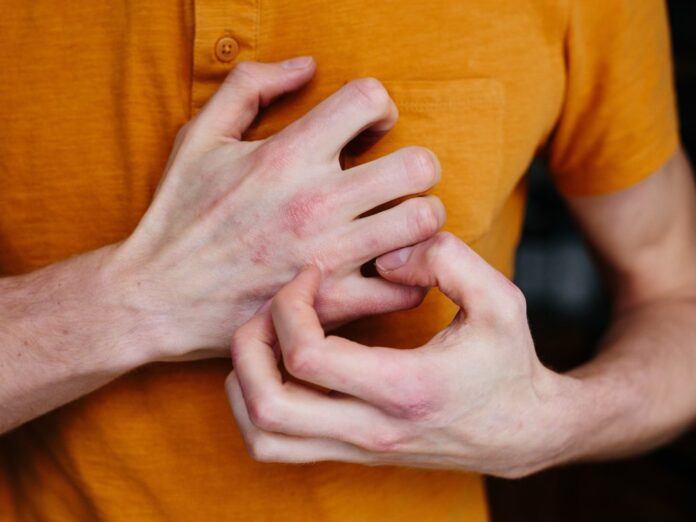Diabetes is a lifelong illness that needs attention and proper care. In this condition, the person’s blood sugar level becomes too high. The hormone which controls the glucose level in the blood is called insulin. Insulin breaks down carbohydrates and proteins and injects them inside the cells to provide energy. When insulin does not function properly then the blood sugar piles up in the bloodstream resulting in diabetes. There are basically two types of diabetes; type-1 diabetes and type-2 diabetes.
Even though diabetes is a serious disease that needs to be managed properly. There are various factors attached to it that can cause diabetes. Factors resulting in diabetes are:
- Insulin resistance
- Old age
- Gestational diabetes( occurs in pregnant women)
- Less insulin production
- Family history
Symptoms of diabetes

One must be fully aware of the symptoms of this life-threatening disease. Early diagnosis can enable the patient to manage diabetes in a healthy way.
- Thirst
- Increased urination
- Fatigue
- Loss of weight
- Slow healing process
- Weak eyesight
- Loss of memory
How is type-2 diabetes different from type-1 diabetes?
Type-2 diabetes is different from type-1 diabetes in a number of ways. In type-2 diabetes, the body is unable to produce enough insulin. Insulin does not break down carbohydrates and in turn, glucose remains in the bloodstream. Type-2 diabetes is most common in older people than type-1 diabetes. The main reason behind type-2 diabetes is obesity. Younger people who are obese are now also developing this disease. In type-1 diabetes, the body cannot make insulin which is why it needs to be artificially injected inside the blood.
Type-2 diabetes is fairly manageable through healthy lifestyle changes. Steps to control type-2 diabetes are as follows:
- High-fiber diet
- Healthy exercise
- Healthy body mass
- Medication
- Proper checkup
Treating type-2 diabetes

A healthy diet and medication can control the blood sugar level in the body. Also, weight loss can contribute to the reversal of the disease. Medication may include tablets and insulin to control glucose levels. The best medicine recommended by doctors is Ozempic. You must consult with your doctor before taking proper medication. Ozempic can be bought from any good pharmacy like 90daymeds is a Canada-based pharmacy that sells authentic medicine. You can check the cost of 1 mg of Ozempic on their website. Visit here for more info.
Complications related to type-2 diabetes
The journey of treating any type of diabetes is not easy. Strong willpower is needed to treat this disease. It takes a toll on your mental health as well. Once this illness is diagnosed, people become anxious as to how they will cope with the disease. Too much ignorance and no regular check ups can result in life-threatening conditions. These conditions need attention.
Cardiovascular disease

An increased risk of heart problems, stroke, narrowing of blood vessels, and high blood pressure is involved in diabetes which is why diabetics must keep their blood sugar levels checked more often to avoid serious consequences. Also known as coronary disease, this is the number one cause of death in most diabetics. Stiffening of blood vessels results in lack of blood flow. Less blood flow can lead to less oxygen supply to your heart and in turn, it results in a stroke. Poor functioning of the heart can also result in eye and feet infections as well.
Nerve damage
High blood sugar damages the nerves and that is why they are unable to send messages to different parts of the body. The limbs are affected due to nerve damage. Diabetics feel numbness, pain, and loss of feeling in the feet first which slowly goes upward. The tingling feeling in the feet is one of the first signs of nerve damage and you must immediately consult with your doctor so that early treatment can prevent this damage. This nerve damage caused due to diabetes is known as diabetic neuropathy. Maintaining blood sugar levels within your target range can prevent such serious consequences.
Skin infections

Fungal and bacterial infections may affect the skin of a diabetic. The skin becomes flaky and scaly with time. Shin spots, brown raised patches, dark velvety patches around the neck, waxy skin, hard thick skin around the folds, blisters and boils are some of the most common skin infections which are caused by diabetes. People who are at the verge of developing diabetes or they are in pre-diabetes stages, tend to develop these early signs on their skin first. Catching these signs early on can help manage the diabetes well beforehand.
Kidney disease
Also known as diabetic nephropathy, diabetes also puts pressure on the kidneys due to increased urination. In the worst cases, a kidney transplant is needed to repair the damage. This disease can affect both type-1 and type-2 diabetics. According to recent studies, it has been found that almost 25% diabetics develop kidney-related disease over the period of time. In this disease, the kidneys do not perform their function to remove extra fluid from the body properly.
Eye problems

Retinopathy means problems related to eyes. Eyesight of diabetic is mostly affected by high blood sugar levels. In the worst cases, loss of an eye can occur.
Thyroid disease
Thyroid problems are mostly found in type-1 diabetics. There are two types of thyroid problems: hypothyroidism and hyperthyroidism. In hypothyroidism, the body does not produce enough thyroid hormones. In hyperthyroidism, too many thyroid hormones are produced by the body. Both conditions are dangerous and must be treated on a priority basis.
Limited joint movement

One of the most common symptoms of diabetes is limited joint mobility. Diabetes can cause less flexibility in joints. Numbness and pain in joints is felt by the person. Mostly affecting the knees, wrist, elbows and shoulders, this condition can be treated by physiotherapy. People of older age mostly develop limited joint movement. Stiffness in shoulders can be treated by steroid injections also but physiotherapy should be the first go-to option.
Foot problems
Early signs of diabetes start from the feet first as less blood circulation may result in sores and bruises on the feet. If blood sugar levels are left untreated then amputation is considered as the last resort.






